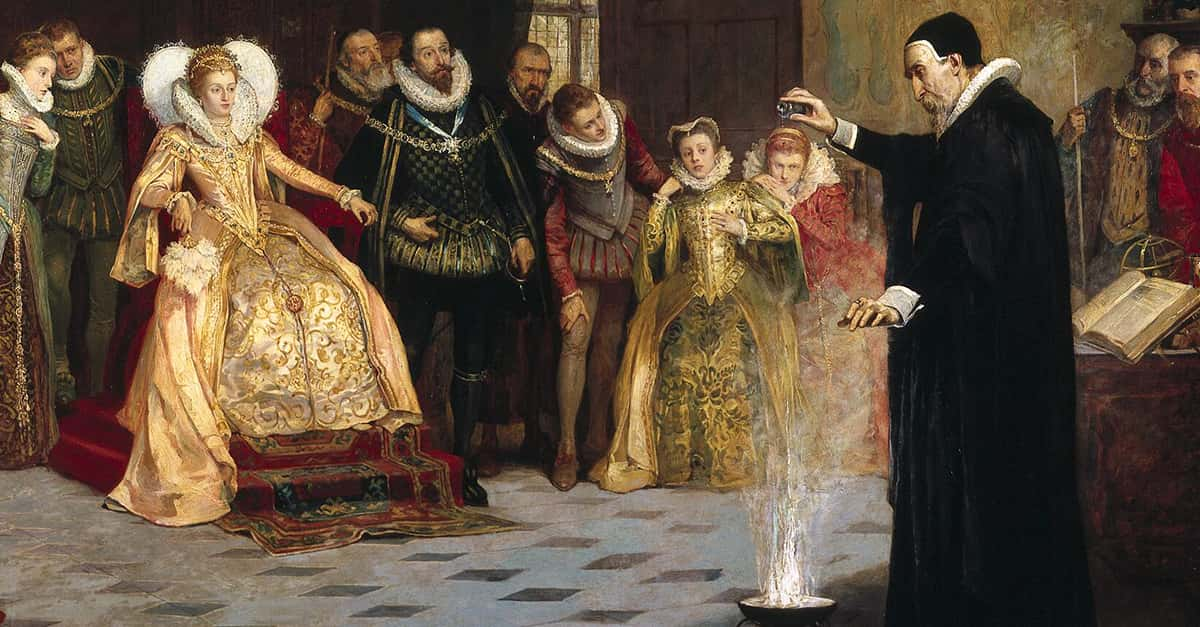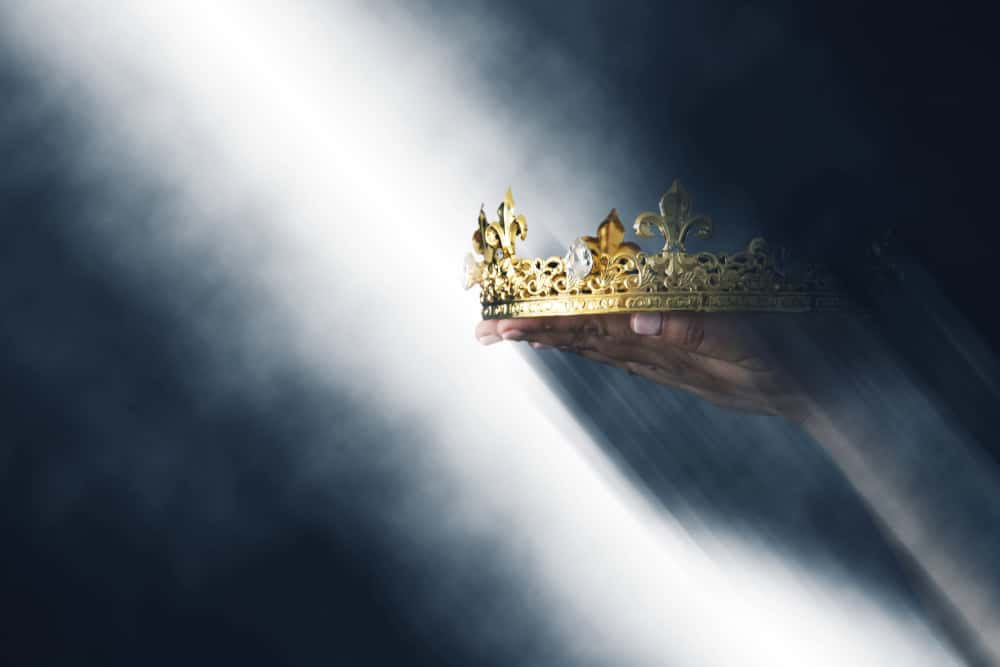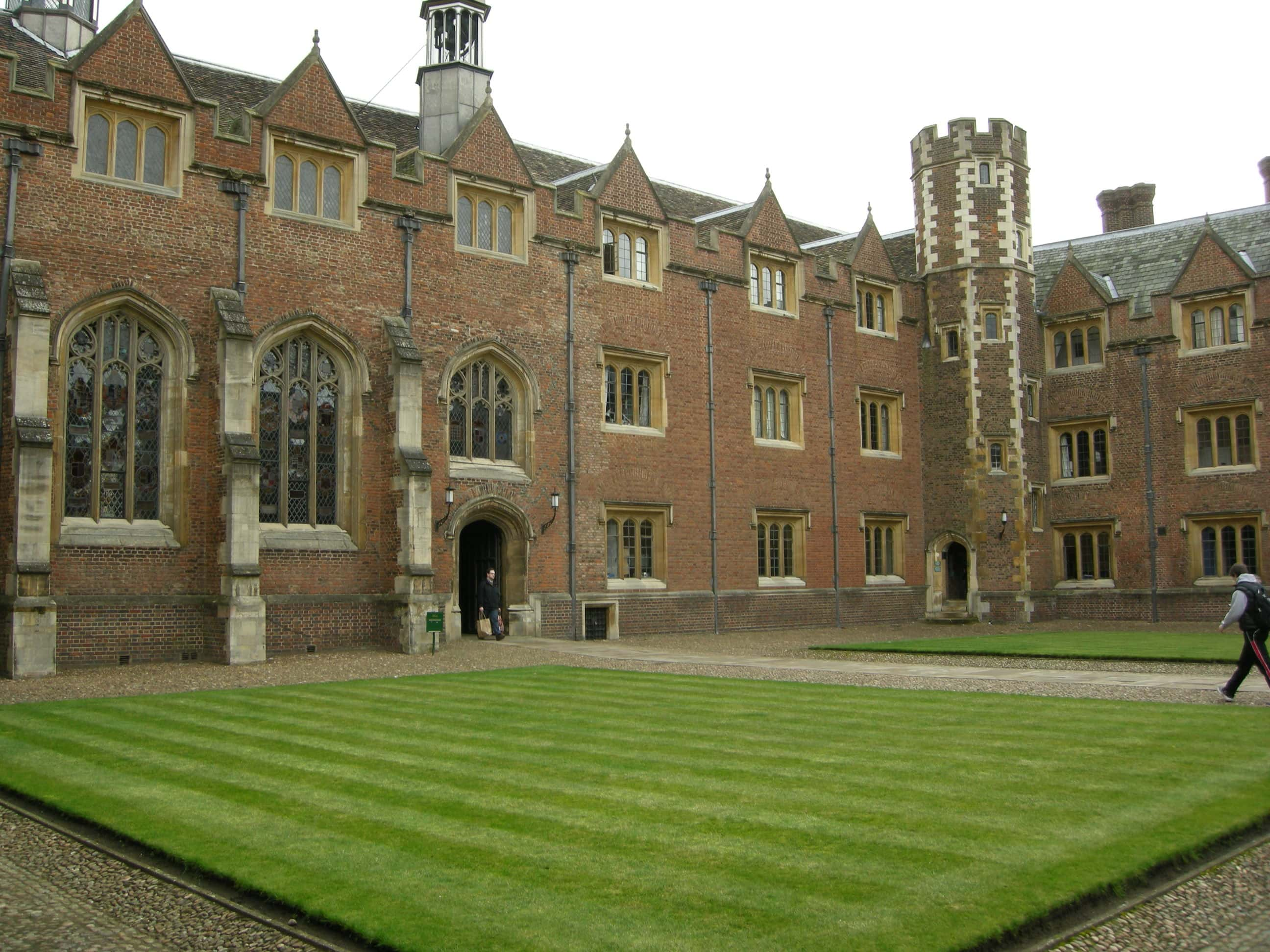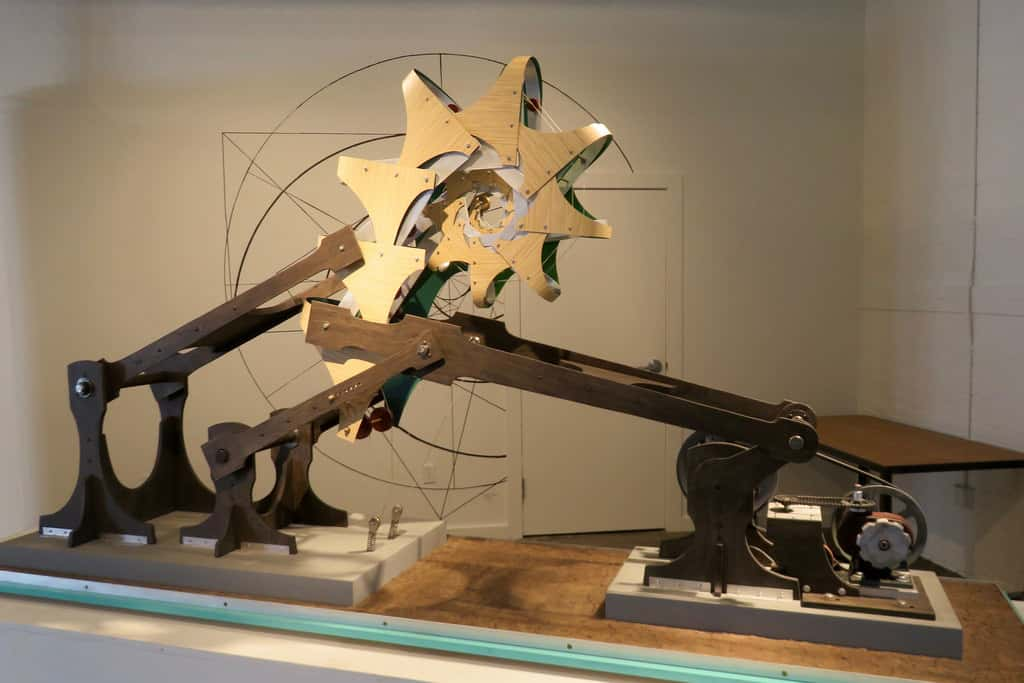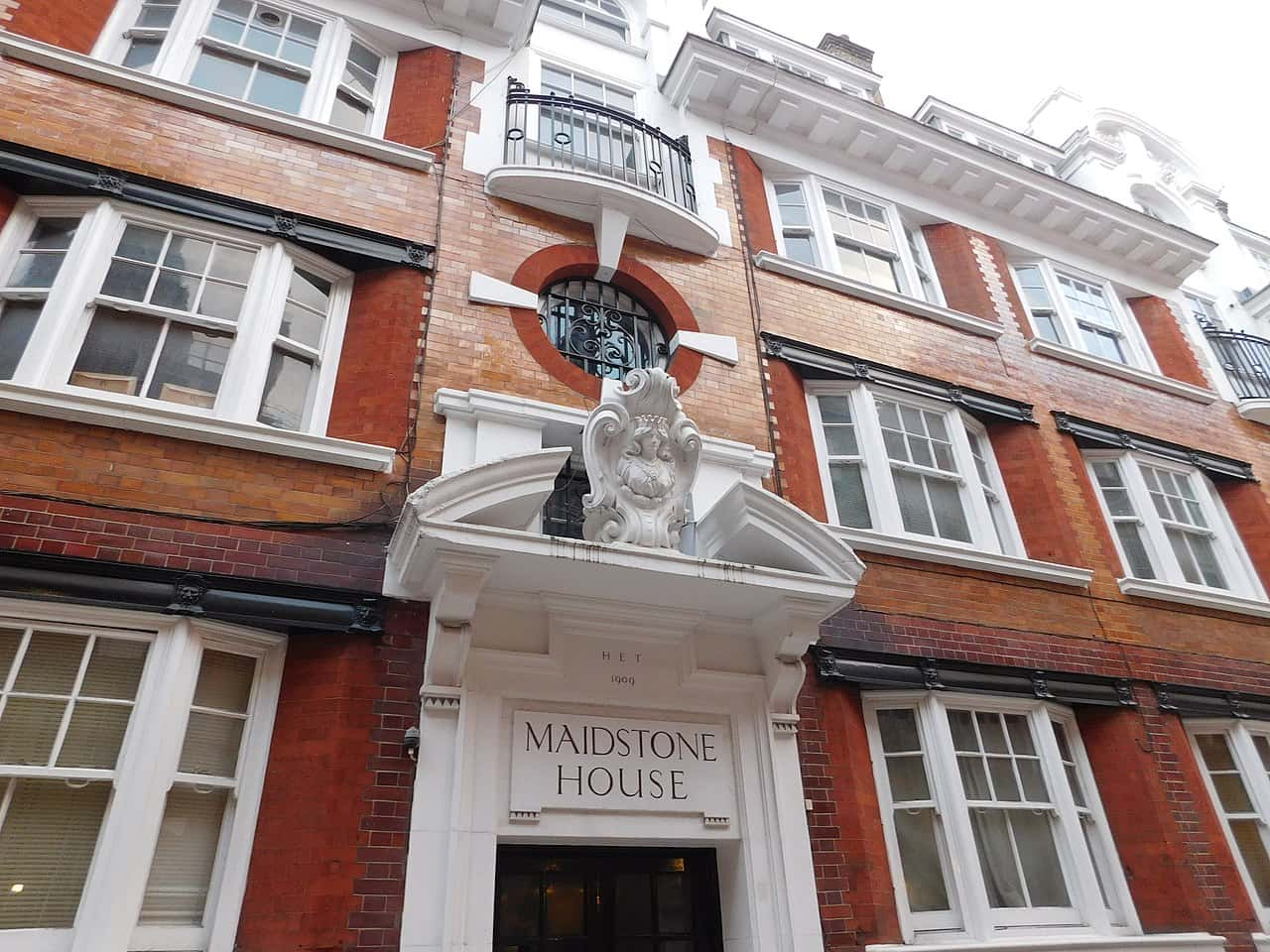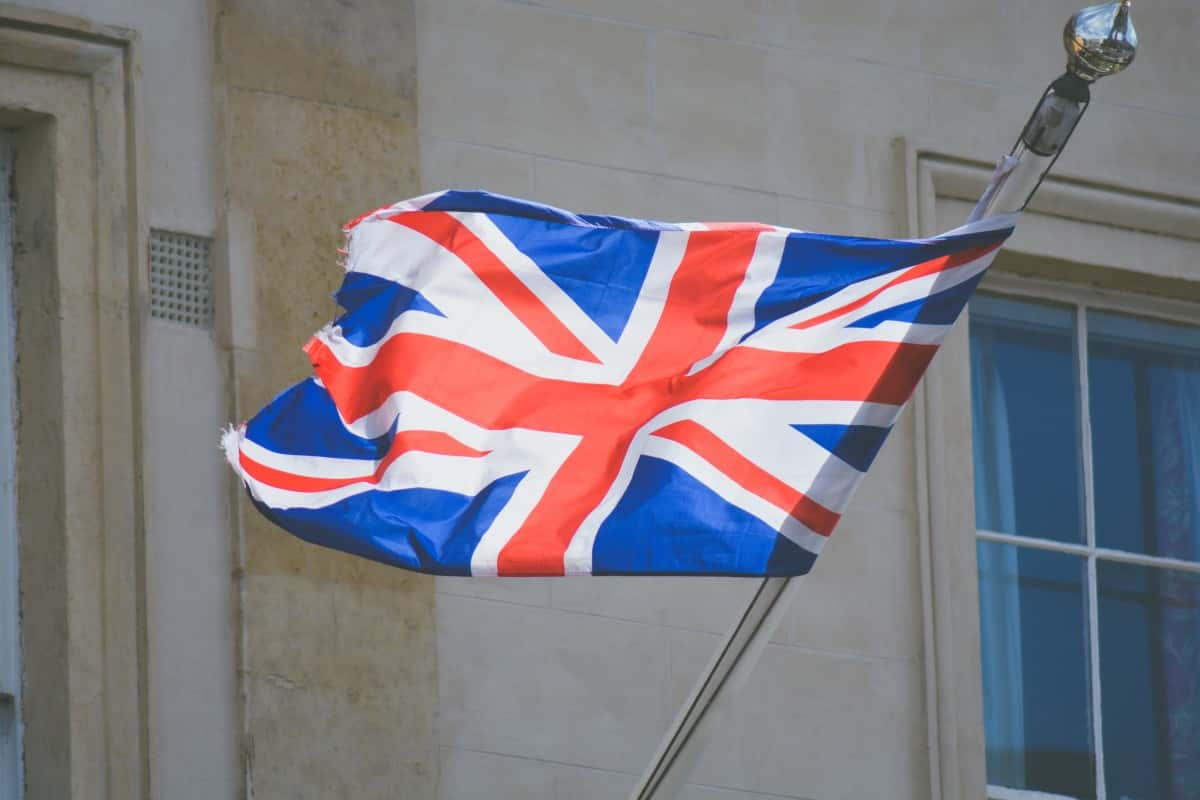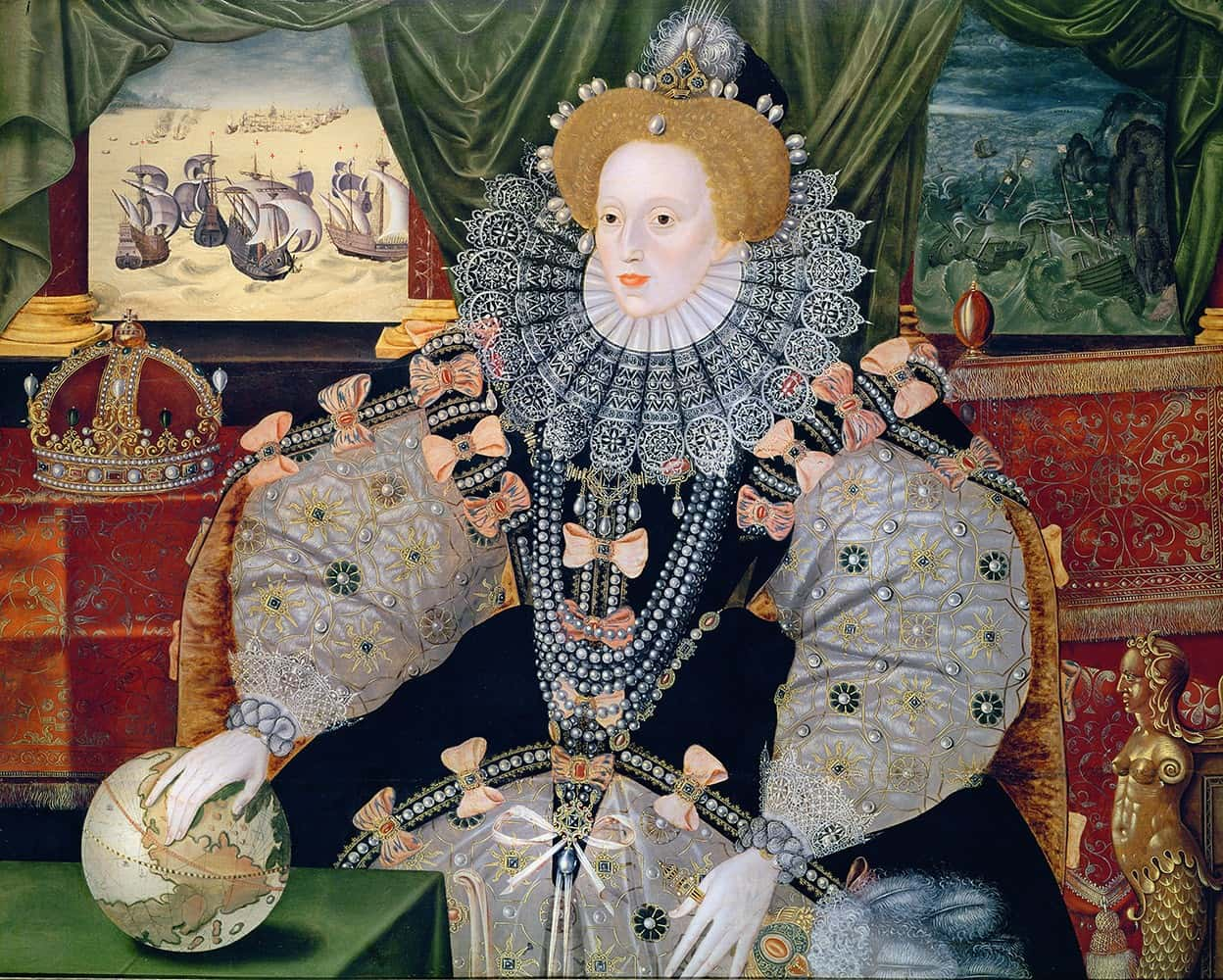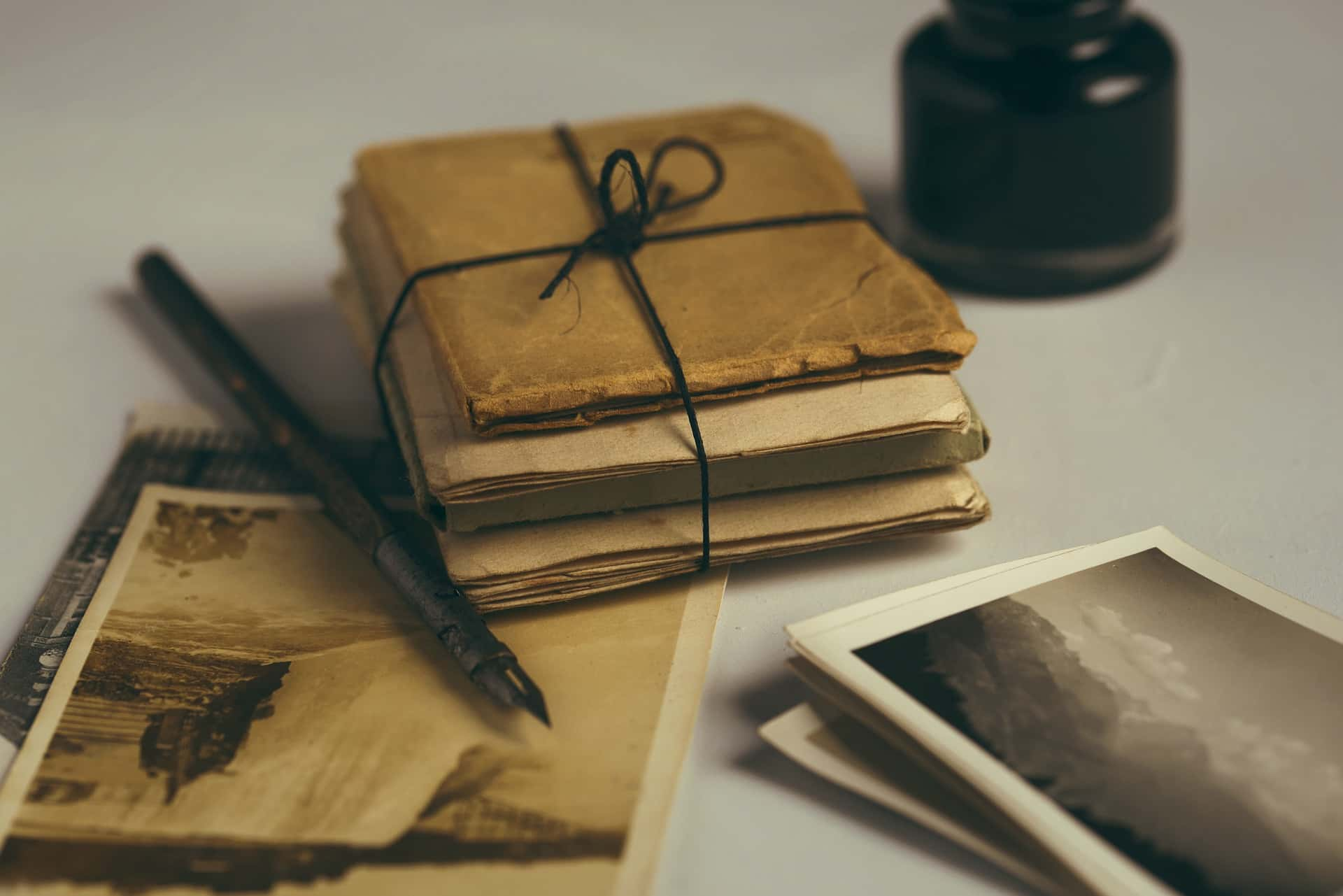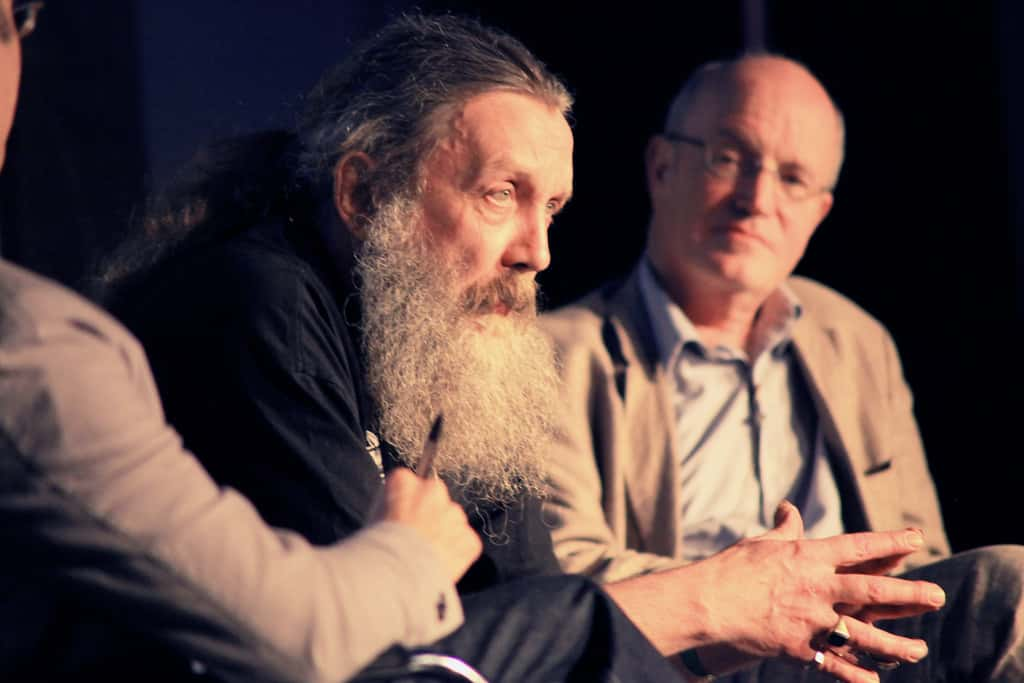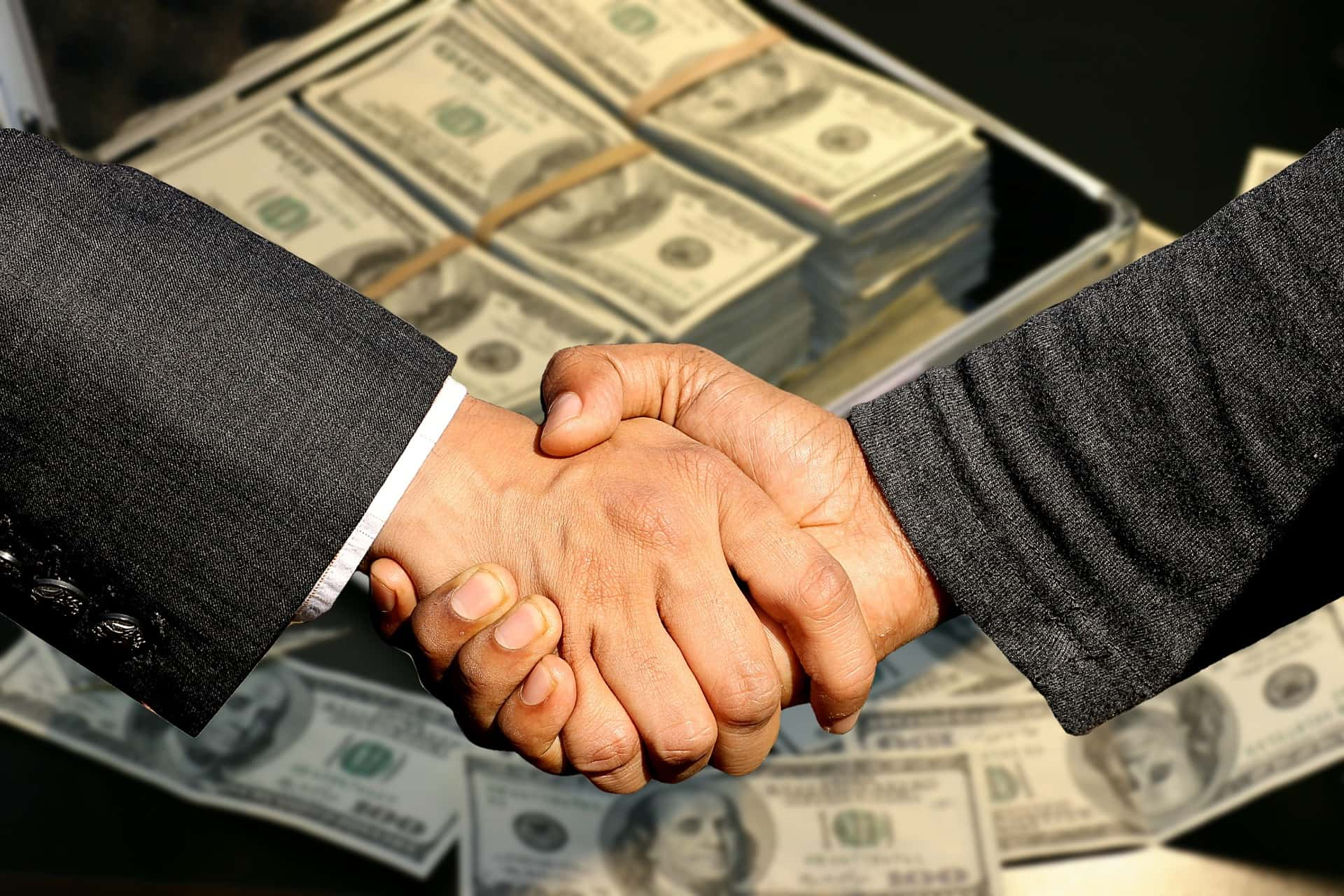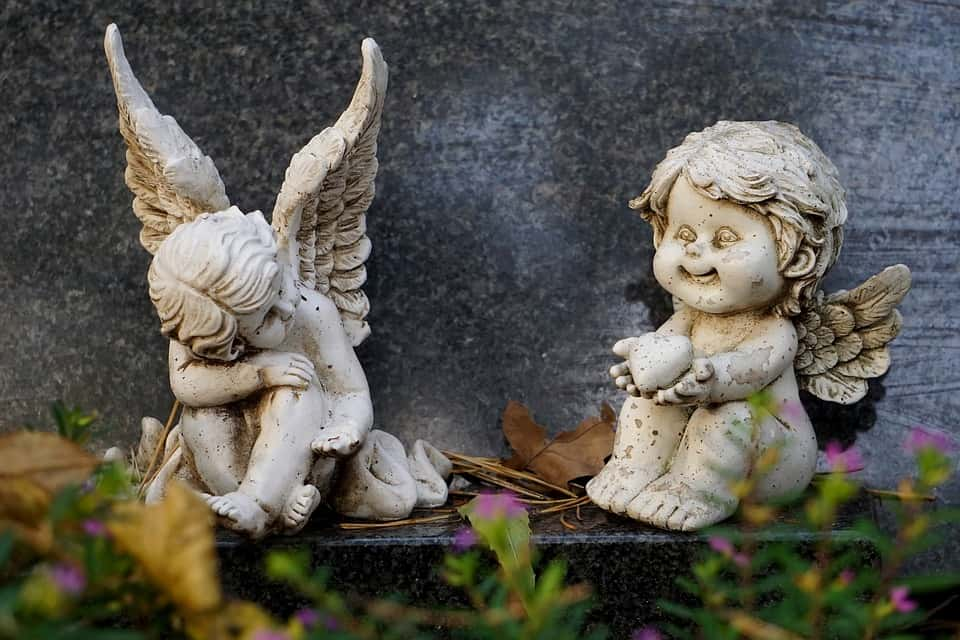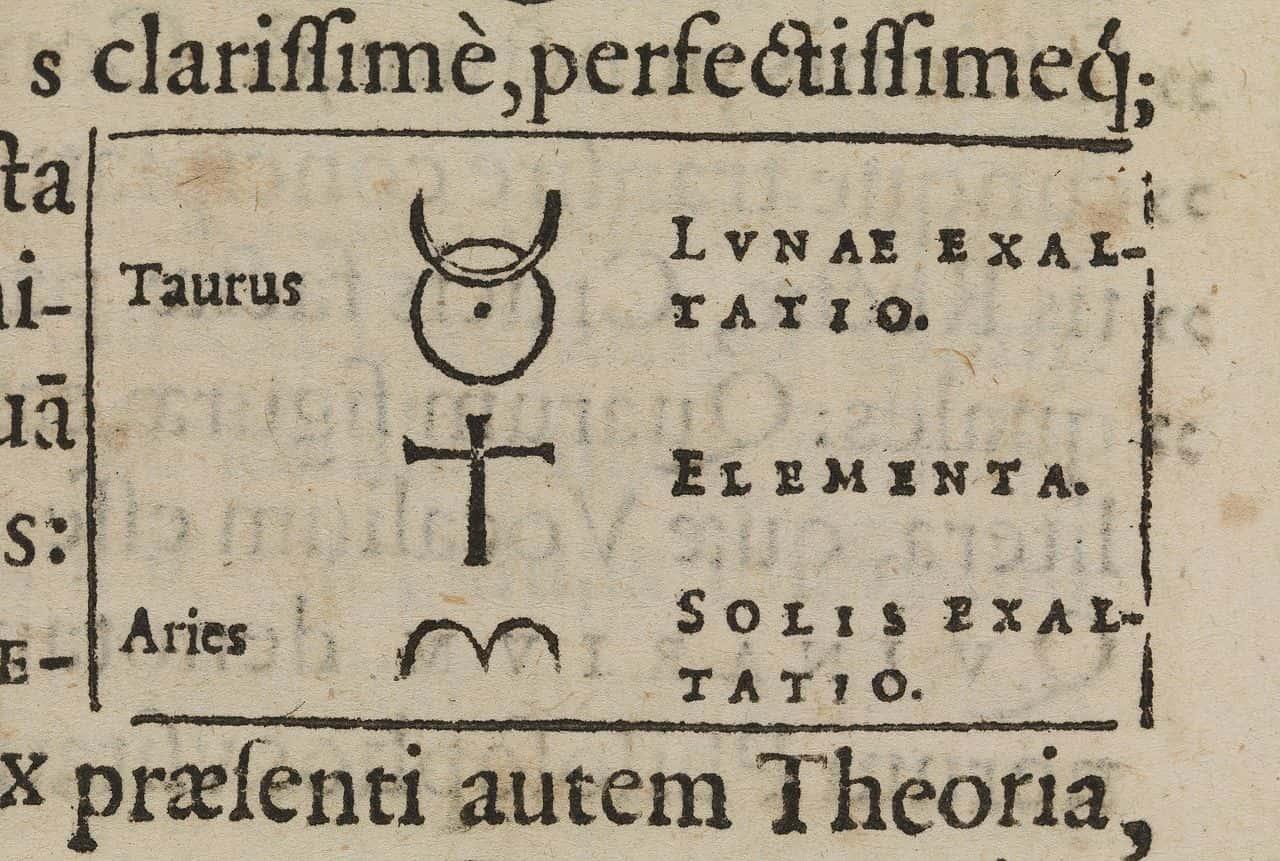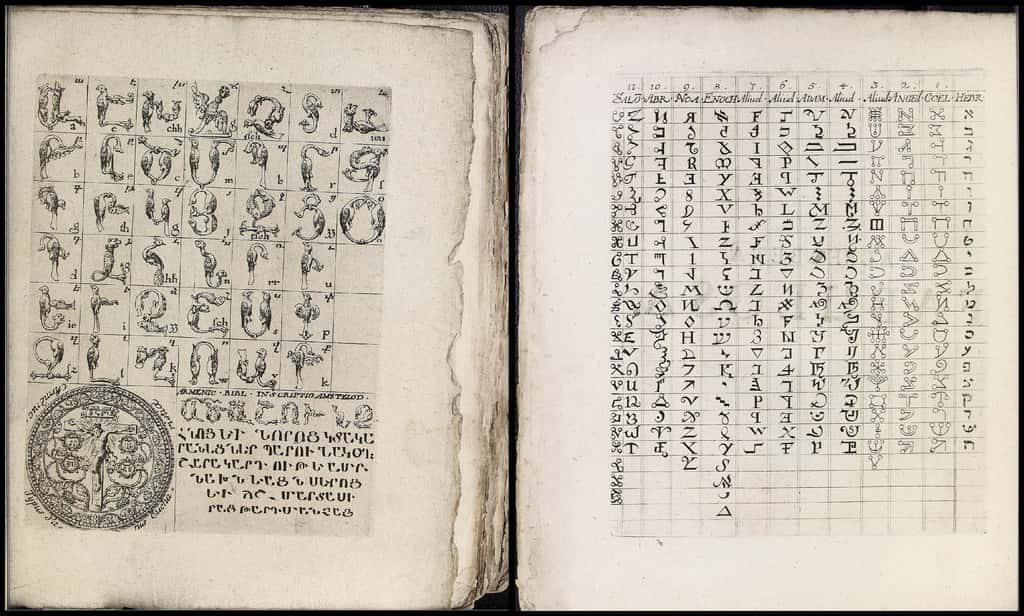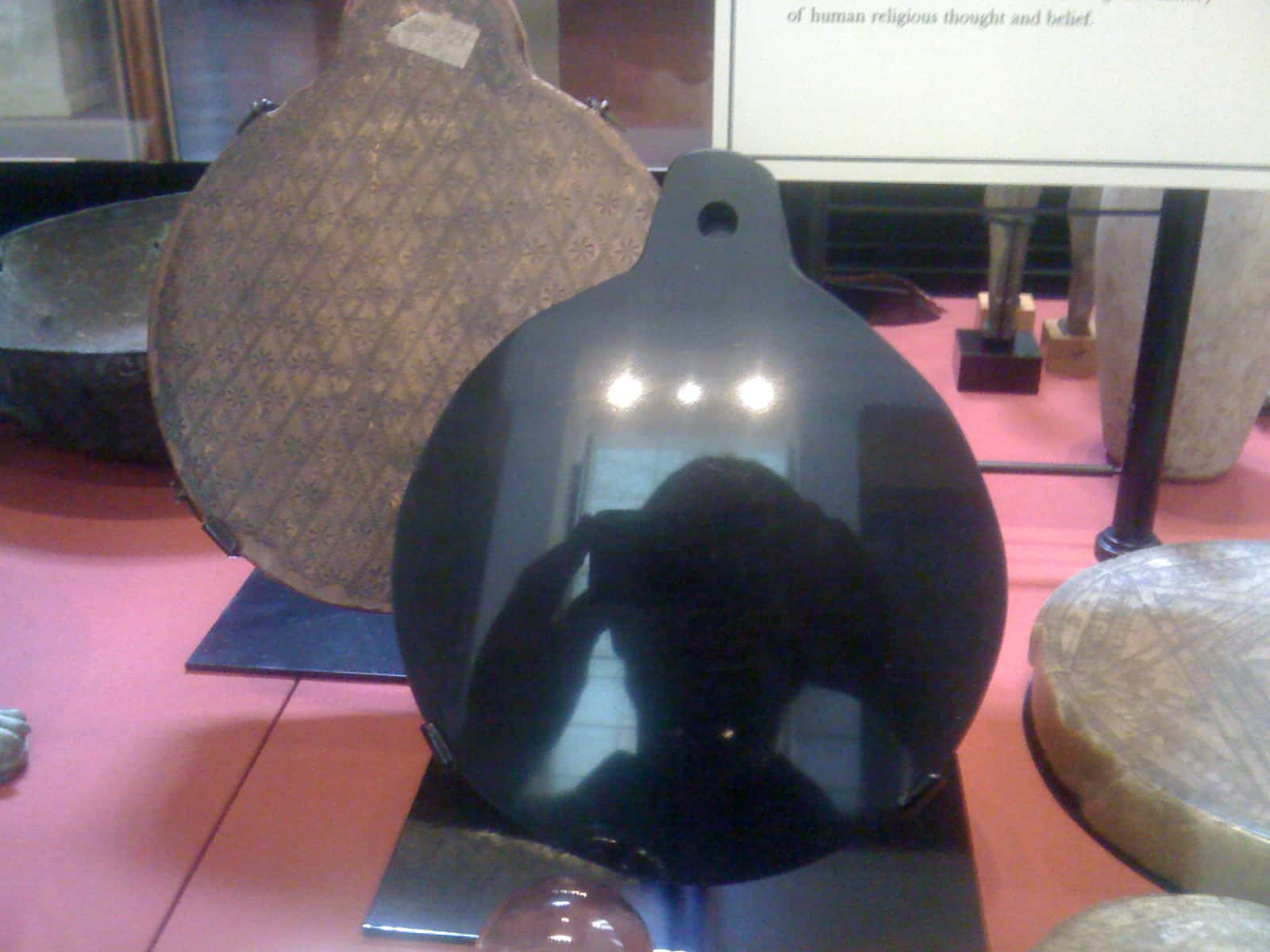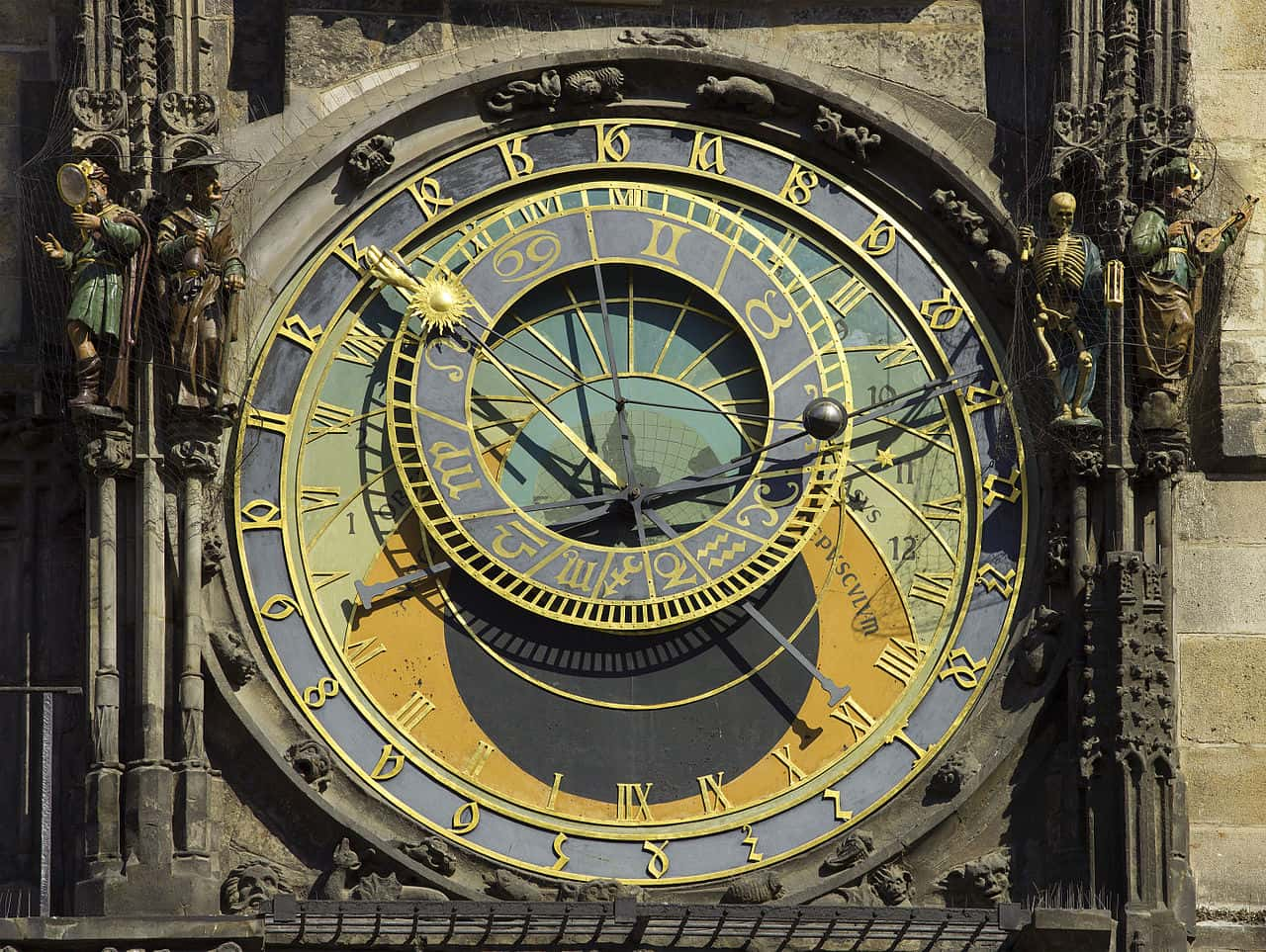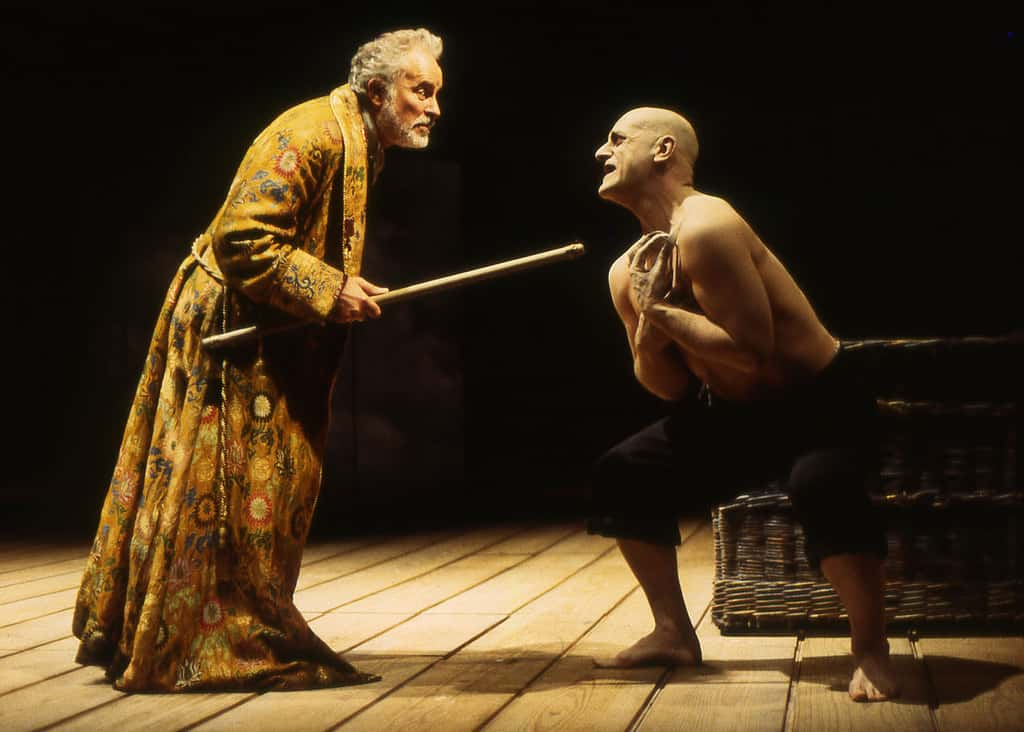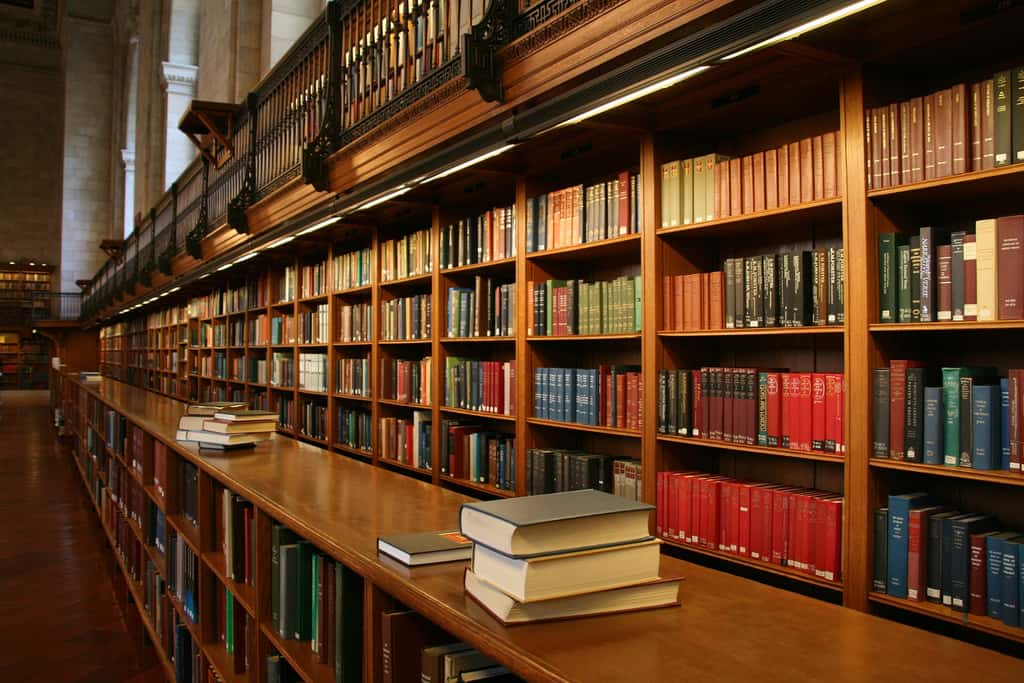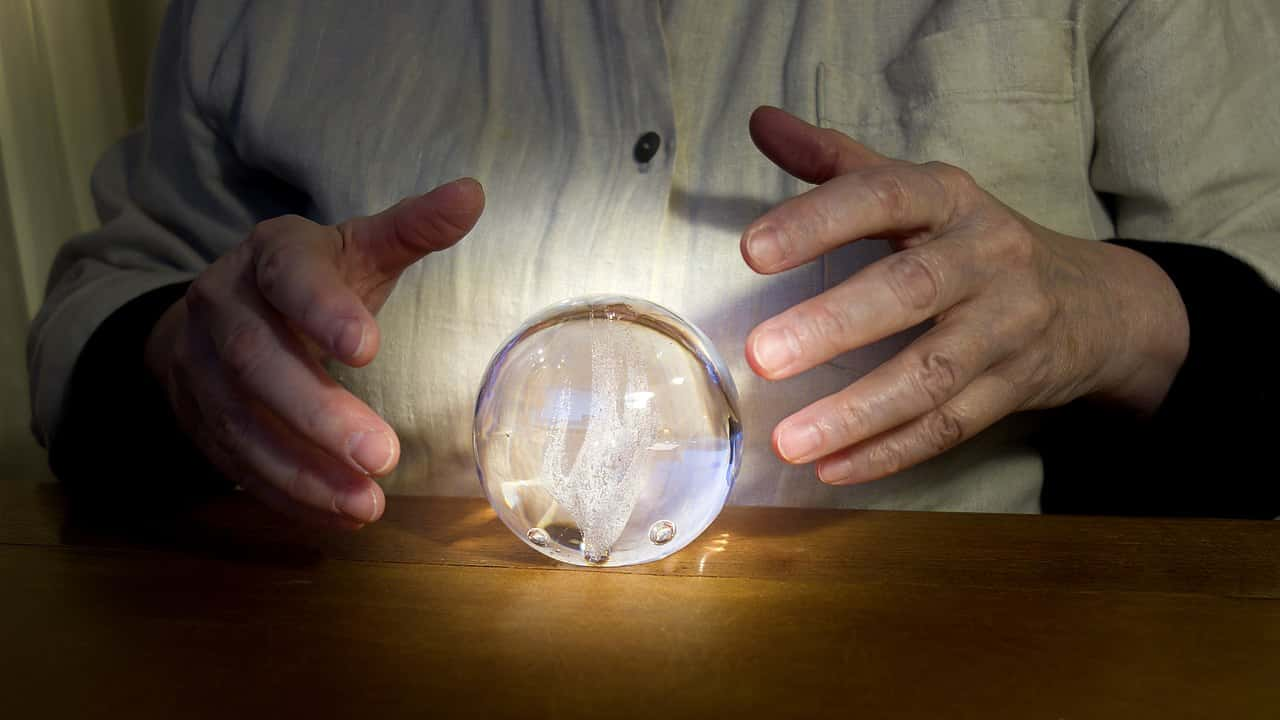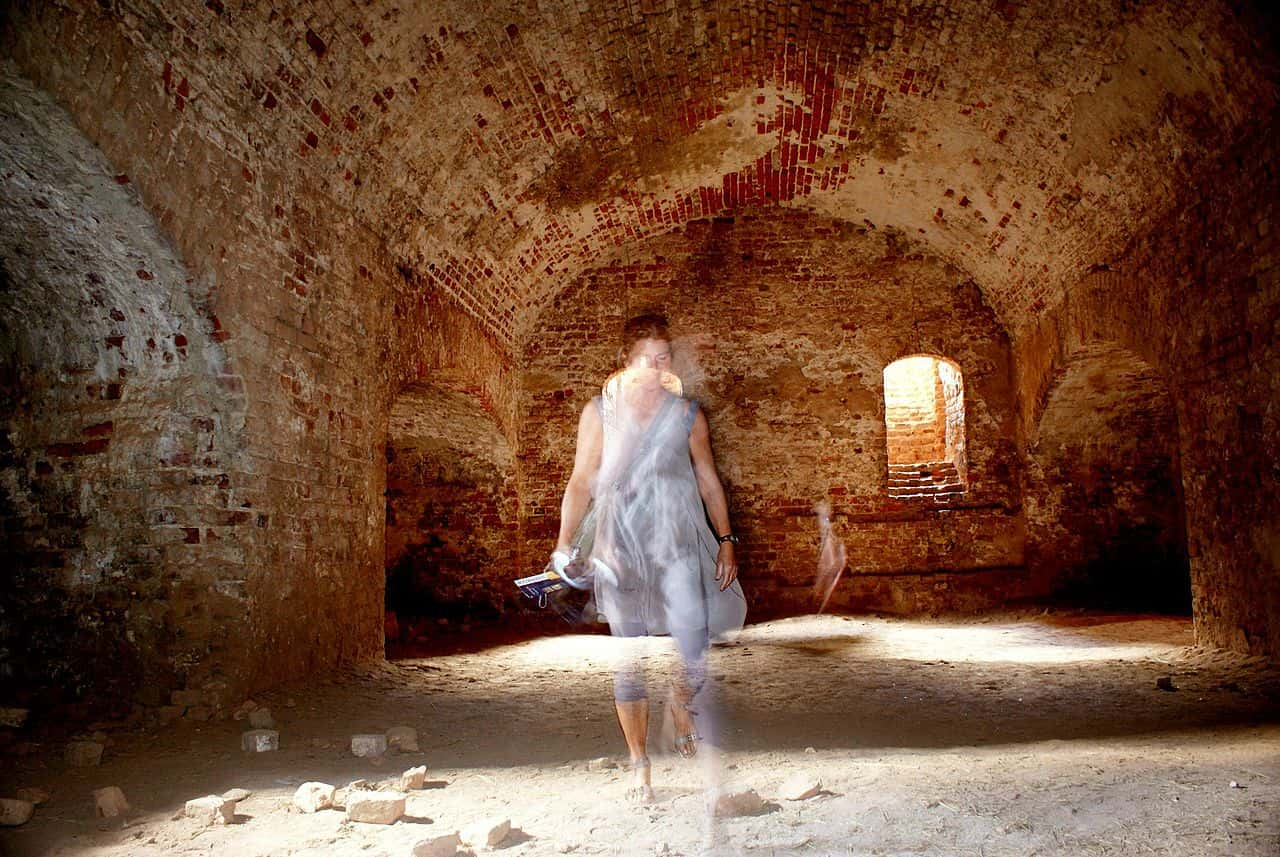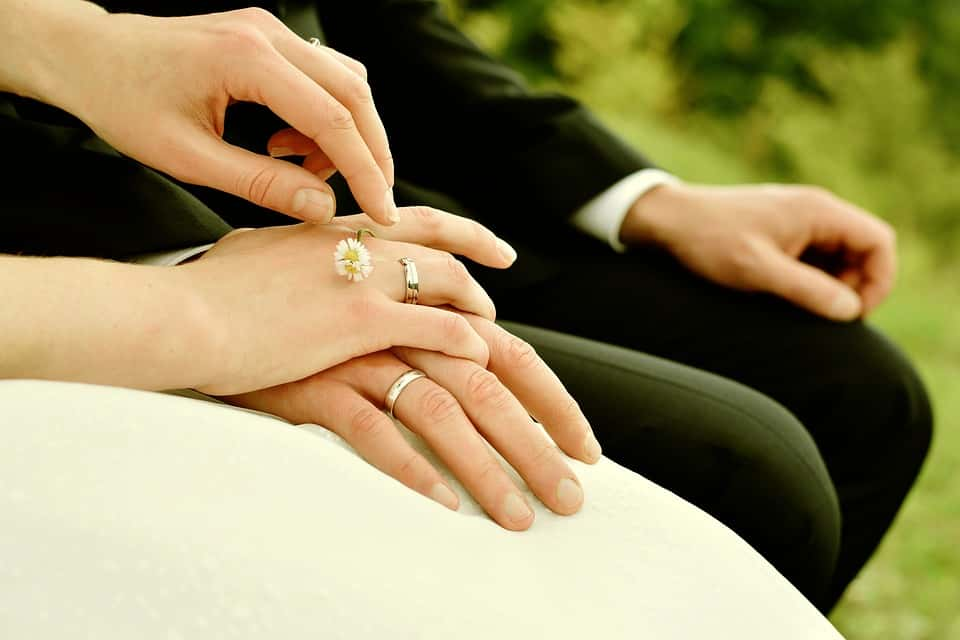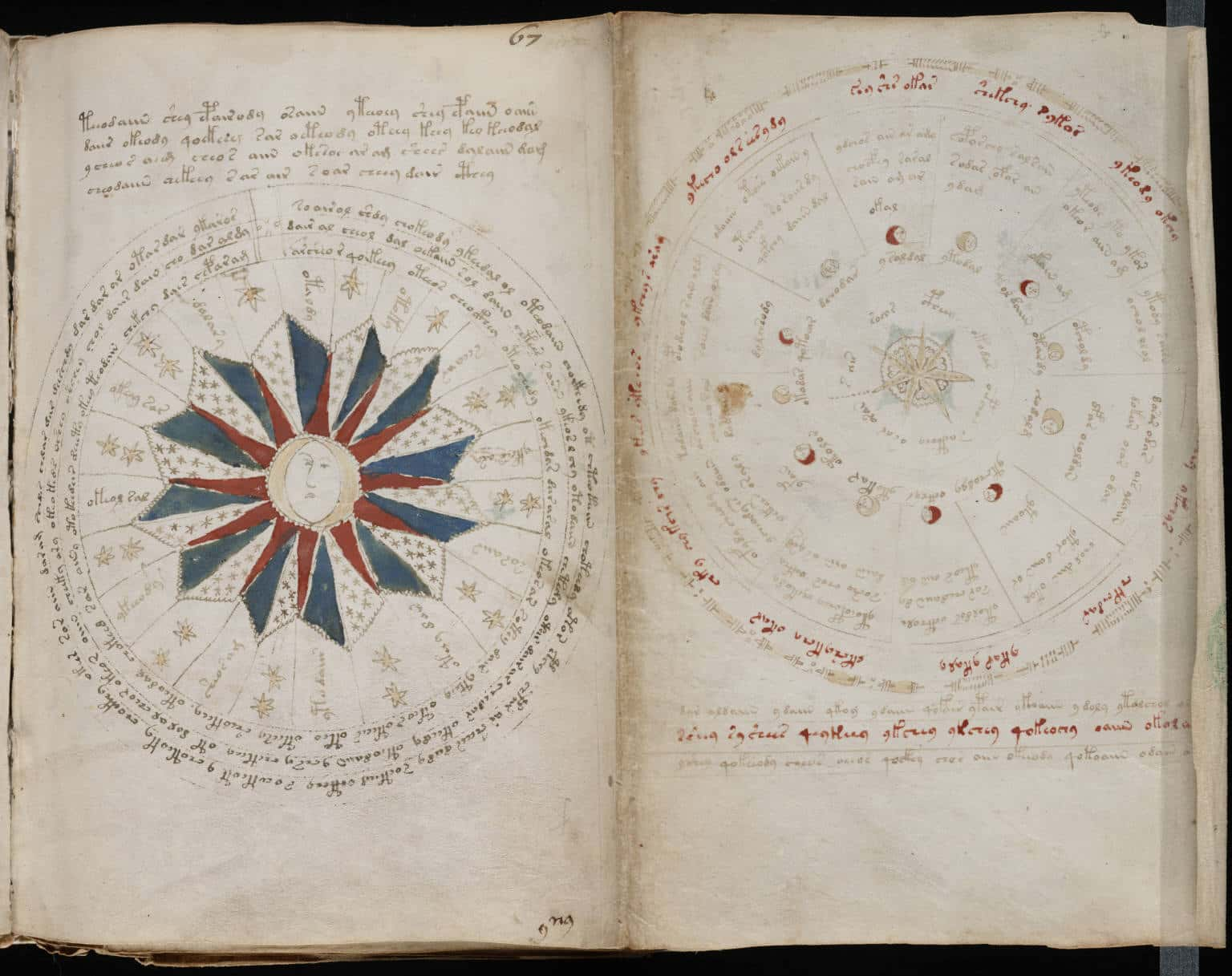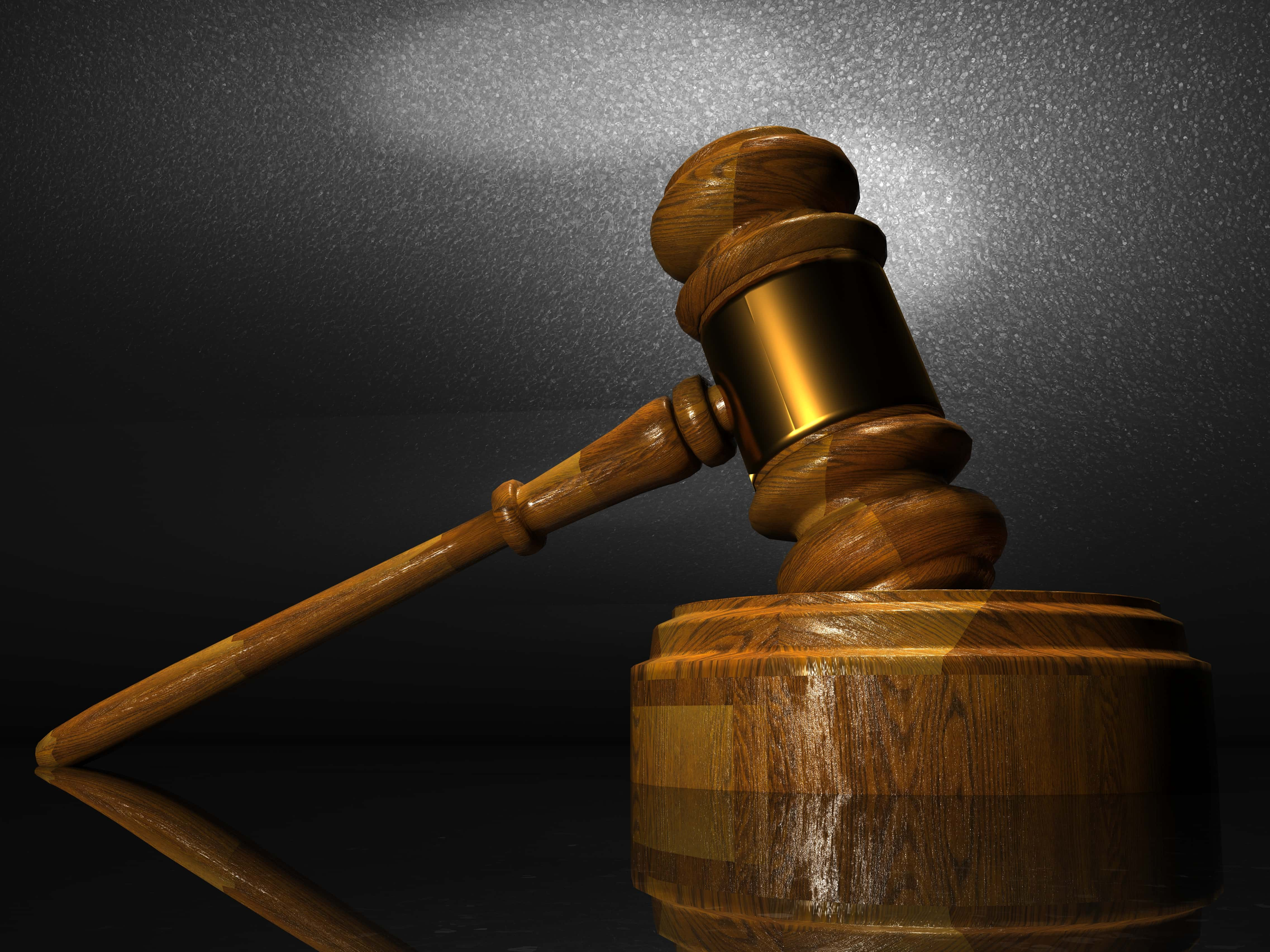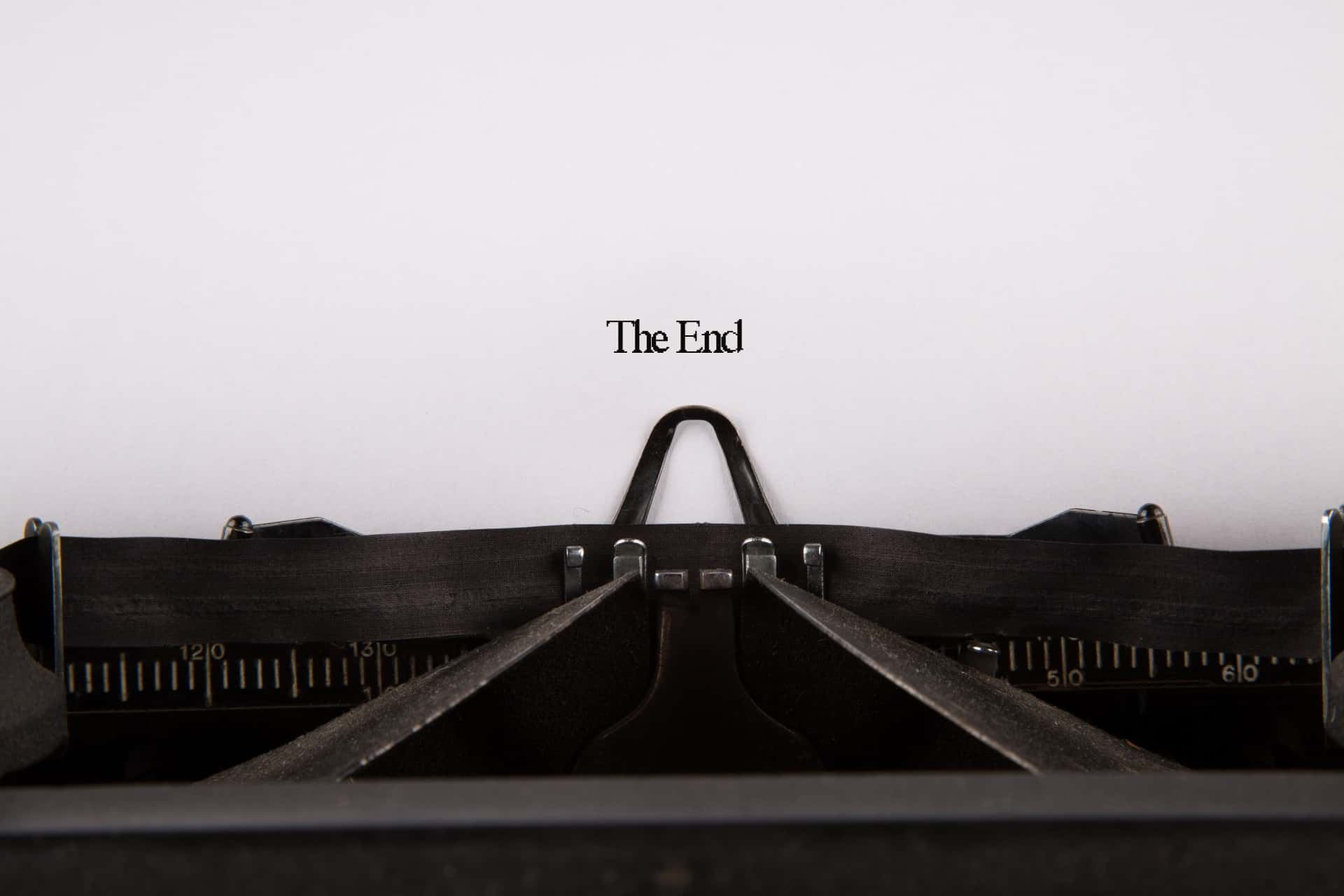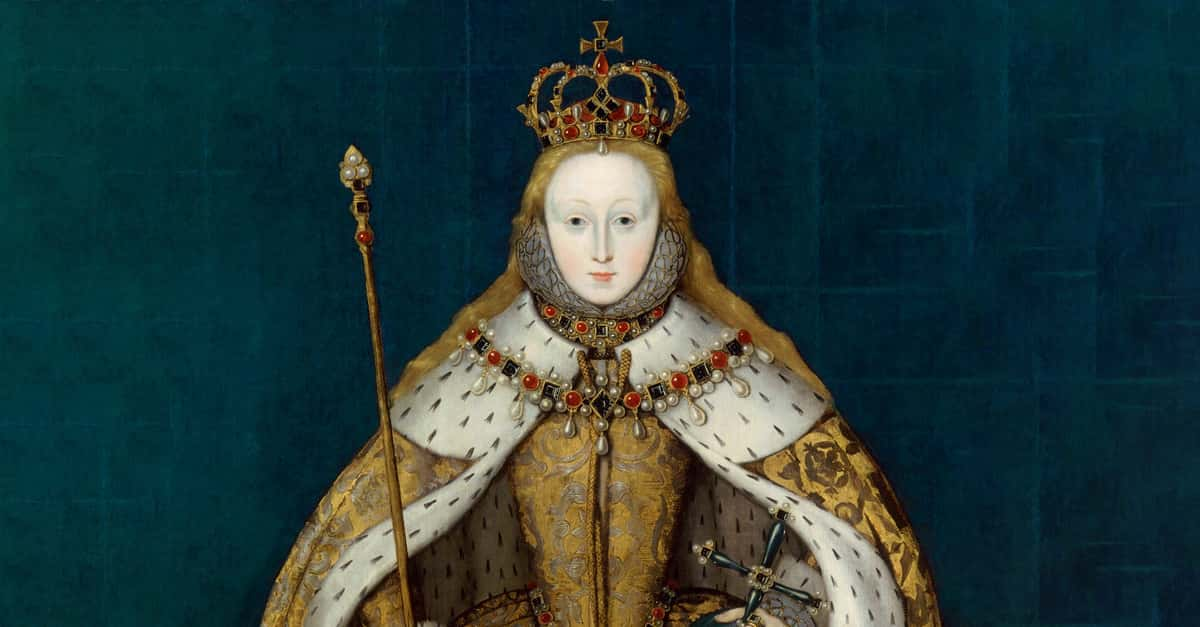16th century Englishman John Dee remains shrouded in mystery. An occultist, alchemist, astrologer, and all-around master of magic, John Dee claimed he could speak with angels and read the future. But he was also admired as a brilliant scientist, doctor, astronomer, geographer, and mathematician. A true Renaissance man, John Dee’s service to Elizabeth I led some to call him “the Queen’s Conjurer,” even as others denounced him as the devil. Was John Dee a sorcerer, or one of the brightest minds of his day, or both? Here are 42 mystical facts about John Dee.
Facts About John Dee
1. Humble Beginnings
Though he has gathered a mysterious reputation in the 400 years since his death, John Dee’s origins were surprisingly mundane. He was born in London in 1527. His father, Roland Dee, was a textile merchant whose clients included King Henry VIII.
2. The Royal Family
The Dees were of Welsh extraction. Perhaps to distinguish himself to the English aristocracy, Roland Dee claimed to be a descendant of the historic Welsh king Rhodri the Great. We may never know whether that’s true or not, but the Prince of Wales did approve a pedigree for the Dees, making their lineage a legal—if not historical—fact.
3. Teacher’s Pet
The young Dee entered school in 1535, first at Chelmsford and then St. John’s College, Cambridge. He studied Greek, Latin, geography, astronomy, and arithmetic, excelling in all subjects. Dee owed his academic success to his work ethic: he slept just four hours a night and studied 18 hours a day.
4. Child Prodigy
Trinity College at Cambridge was founded by Henry VIII in 1546. Dee was among the first invited to be a fellow at the new school. He was just 19 years old.
5. Special Effects
Dee first gained a reputation as a magician while at Trinity. He used his extensive and diverse studies to produce some very impressive stage effects for a production of Aristophanes’ play Peace. His masterpiece was a giant mechanical beetle that was so shocking to audiences, they assumed he must have made a deal with the devil to conjure such a device.
6. They Just Couldn’t Get It Going
Among the projects Dee pursued while at Trinity was the construction of a perpetual motion machine. He and his partner, Gerolamo Cardano, would eventually abandon the project, never achieving their goal.
7. Advanced Physics
It’s important to remember that, at this stage in history, the line between magic, medicine, and science was very permeable. Whatever we think of Dee today, he was considered one of the leading scientific minds of his time, and his theories on astronomy would later lead to the development of more advanced theories like gravity.
8. A Great Addition
The next time you're miserable in math class and wondering who to blame, look no further than John Dee. He introduced the +, -, ÷, and x signs to England.
9. High Standards
In 1554, Dee was offered a job as a professor of mathematics at Oxford, but he declined. Dee desperately needed the money, but decided Oxford was not serious enough about scholarship. He had also previously turned down the same job at the Sorbonne in Paris.

History's most fascinating stories and darkest secrets, delivered to your inbox daily.
10. Union Man
While Dee’s career took him in a more scholarly direction, he was nevertheless a member of the textile worker’s guild. Membership was patrilineal: since Roland Dee was a member of the Worshipful Company of Mercers, so was his son, John.
11. Magician’s Assistants
Dee’s broad scholarly interests put him into contact with some of the most famous English and European names in history. He could count among his close personal friends poet Philip Sydney, explorer Humphrey Gilbert, map-maker Gerardus Mercator, and pioneering astronomer Tycho Brahe.
12. Top Advisor
Dee proved adept at all matters, scientific or political. In 1570, Dee was tasked with writing a report for the English government. His report, Bryttanicae Republicae Synopsis, addressed every political, economic, and social issue then faced by England. His thorough work would shape English policy for centuries, particularly Dee’s insistence that England should use their military power to develop a global empire. In fact, he was the first person ever to publish the term "British Empire."
13. Crowning Achievement
Throughout most of his time at court, Dee remained a close advisor to Elizabeth I. She depended on him for counsel in matters of science, medicine, and exploration, not to mention a little private astrology. Elizabeth even trusted Dee to choose the date of her coronation.
14. Revisionist History
One of the best images we have of John Dee is a painting called “John Dee Performing An Experiment Before Queen Elizabeth I.” The painting shows Dee standing before the queen in her court; a room of amazed courtiers look on as Dee creates a flame in a silver goblet. In 2016, however, an x-ray scan of the painting revealed a surprising secret: an original version of the painting showed Dee standing in front of Elizabeth, surrounded by a ring of human skulls.
15. Her Majesty’s Secret Service
Dee and Elizabeth sometimes communicated in secret. They would send letters back and forth, written in a secret code. He would sign his coded letters “007.” Now that looks familiar...
16. Taking the Stage
Damon Albarn, the musical mastermind behind Blur and Gorillaz, wrote an opera about John Dee. With some help from Gorillaz collaborator Jamie Hewlett and Watchmen writer Alan Moore, Dr. Dee: An English Opera debuted in Manchester on July 1, 2011 to critical acclaim.
17. Fairy Tales
Dee advocated strongly for England’s expansion into the New World. Indeed, he claimed that all land was already the property of England. To prove this assertion, he cited voyages undertaken by Brutus of Britain, King Arthur, and Madog ab Owain Gwynedd—all mythic (or mythologized) figures. His evidence had little grounding in reality (and no real legal status), but they did serve as useful propaganda.
18. Eh?
In exchange for advising Humphrey Gilbert on his ill-fated 1583 voyage to the New World, Dee accepted as payment Gilbert’s right to all lands from the 50th parallel to the north pole. Had Gilbert not perished on his return voyage, John Dee would have had a legal claim to nearly all of Canada.
19. No One Expected That
Of course, Dee’s seafaring successes may have depended on a little magical help: legend has it he hexed the Spanish Armada. When the Armada reached England, they were subjected to endless storms, which gave the English a significant advantage. The Armada turned around.
20. Peacemaker
Dee used scrying to communicate with angels. The angels advised Dee in spiritual matters and opened his eyes to secret scientific or occult knowledge, but they never helped him achieve his ultimate goal: reunifying the Catholic and Protestant churches.
21. Let’s Talk About Sects
John Dee wrote a number of volumes on Rosicrucianism, a Christian mystical sect that would later be tied to both the Freemasons and the Hermetic Order of the Golden Dawn. On an unrelated note, has anyone seen my tinfoil hat?
22. A Symbolic Victory
One symbol Dee concocted, the Monas Hieroglyphica, was meant to represent the sun, the moon, and all the elements. Dee wrote an entire book explaining the various symbolic meanings of this one symbol. The Monas Hieroglyphica was later adopted as a symbol of the Rosicrucians.
23. The Magic Words
Along with his frequent collaborator, Edward Kelley, Dee was the originator of Enochian, a spoken and written language with which he claimed he could communicate with angels. Dee even claimed many of his books had been dictated to him directly by the Enochian angels.
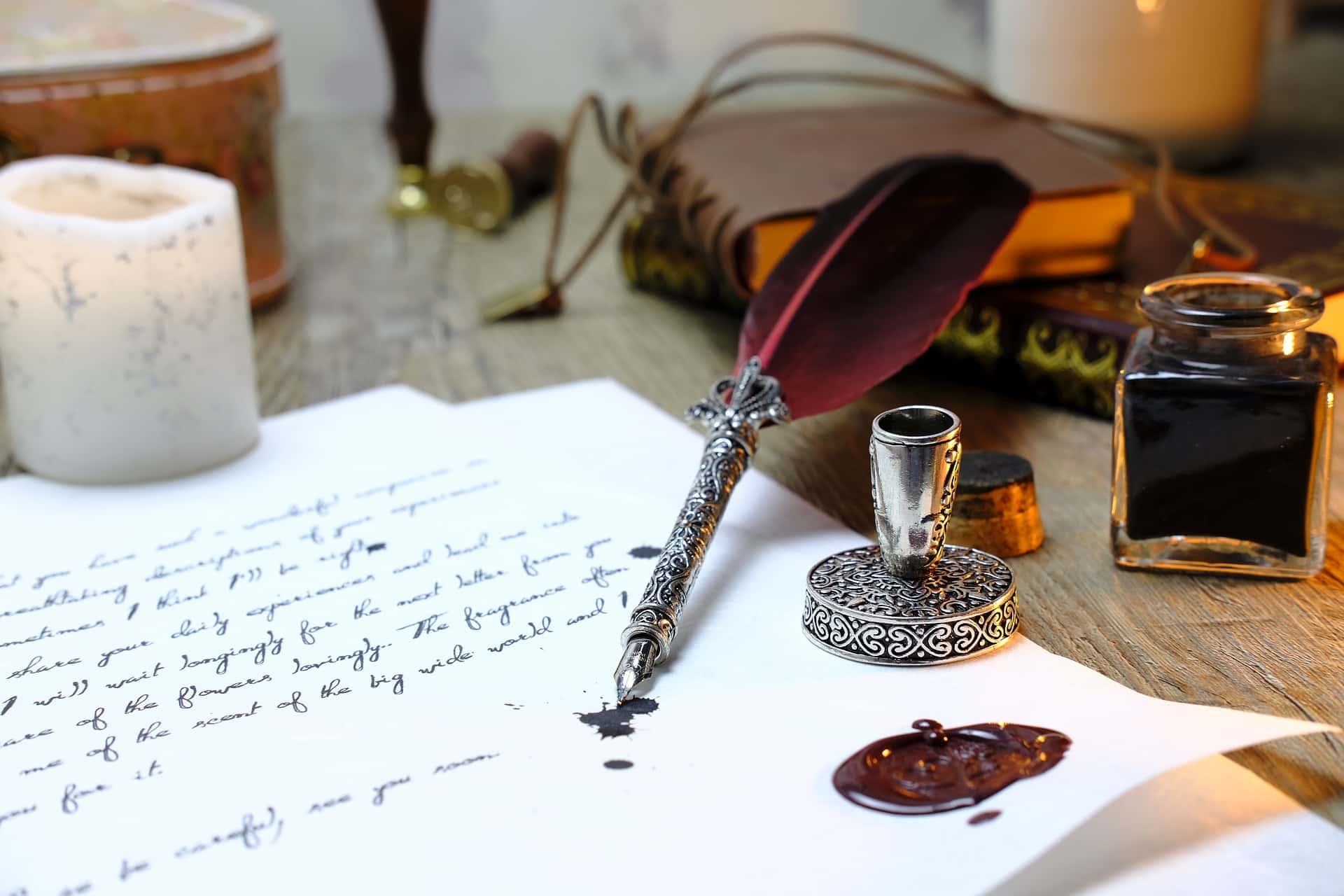 Pixabay
Pixabay
24. Fooling Nobody
Enochian, the coded language of Dee’s diaries, uses an alphabet of 21 letters. Dee claimed Enochian was the basis for ancient Semitic languages. Enochian shares syntactic and semantic similarities to English, however, leading modern linguists to conclude that Dee invented it.
25. Magic Mirror
Dee’s speculum, a holy polished obsidian mirror which he allegedly used for scrying, is one his many magical possessions currently held at the British Museum. The speculum was made by the Aztecs and brought to England sometime around 1520—though there has been some speculation that Dee himself never even owned the artifact.
26. Troubling Times
In Dee’s day, England used the Julian calendar and the English new year began on March 25th. Dee begged the queen and her council to adopt the more accurate and reliable Gregorian calendar, citing his own astronomical calculations. The council refused: the Gregorian calendar, they said, was a Catholic idea (it was, after all, named for Pope Gregory XIII). England would not adopt the Gregorian calendar until 1752, long after most of their neighbors.
27. Based on a True Story
Dee’s mysterious reputation has captured the imaginations of countless artists and writers since he first entered the public eye. William Shakespeare, for example, used Dee as the model for Prospero in The Tempest. Dee might have also provided the inspiration for Christopher Marlowe’s Doctor Faustus.
28. Bibliophile
John Dee amassed a huge collection of books in his lifetime—more than 4,000 of them! That was more than the university libraries of Cambridge or Oxford at the time. He hoped his books would one day serve as the foundation for a National Library of England.
29. Out On Loan
Dee’s collection was sadly diminished later in his life. Invited to Poland, Dee asked his brother-in-law, Nicholas Fromond, to house sit. Fromond was not cautious with regards to guests, and Dee’s library was slowly raided by envious bibliophiles. Book by book, nearly half of Dee’s library disappeared (though many of the books later turned up in the possession of the Marquess of Dorchester). Of Dee’s once massive collection, just 100 books remain today.
30. Persona Non-Grata
Because of his uncritical exploration of occult spiritual matters, Dee’s reputation in the scientific community plummeted. He became known publicly as a wizard and conjurer, rather than one of the greatest scientific minds of his day. In 1604, he wrote to King James I, seeking legal protection from such slanderers.
31. It’s a Living
Dee was named warden of Christ's College, Manchester in 1595. He was unhappy with the appointment, which he considered a significant demotion in status, and began to believe the job was meant to get him out of London, away from important government figures. Dee resigned in 1603 and retired to his home in Mortlake.
32. Scry, Scry Again
Dee could perform astrological readings and was capable of scientific or medical feats that surely looked like magic to his contemporaries, but there was one thing he couldn’t do. Scrying is the act of deriving prophecies or secret wisdom from objects like mirrors or crystal balls, and Dee had little luck with it. Instead, he collaborated with a number of experienced scryers, most notably Elizabethan magician/fraud Edward Kelley.
33. Magic Tricks
By most accounts, Dee’s partnership with the mystic Edward Kelley was built on dishonesty, and many suspect Dee was suckered by the charlatan Kelley, who had a history of fraud and forgery. Not only did he have several aliases, but a conviction for coin-counterfeiting in 1774 cost him his ears—a disfigurement he hid from then on with a black skullcap. Others noted Kelley had a talent for ventriloquism which might have helped him “communicate with spirits.”
34. See No Evil, Hear No Evil
Dee confirms in his diaries that in all their sessions together, only Kelley was able to see or communicate with the various spirits Dee believed they had contacted.
35. A Magical Marriage
In 1578, John Dee married Jane Fromond, a lady-in-waiting to the queen. He was 51, she was 23. Despite their age difference, the couple enjoyed a happy marriage. While his occupation and interests were somewhat outside the norm, John Dee’s diaries reveal an active and enthusiastic participation in domestic life.
36. Sharing Is Caring
Jane Dee participated in her husband’s work as well, providing him with important insights on matters of women’s reproductive and sexual health. In return, John (with the help of Edward Kelley) helped Jane communicate with angels. This continued until the "angels" advised them that they should try partner-swapping with Kelley and his wife, Joanna.
37. You Remind Me Of Someone
Together, John and Jane Dee had eight children. There is, however, reason to believe that their son, Theodore, was actually fathered by none other than Edward Kelley—though Dee was distraught that the angels suggested he and Kelley share their wives, they allegedly went through with the arrangement. Who was Dee to question the word of a (definitely real) angel?
38. Crime Doesn’t Pay
Dee and Kelley parted ways almost immediately after the partner-swapping incident. Kelley set out for Germany, where his criminal past caught up with him. Kelley promised, and failed, to turn iron into gold for Prince Rudolf II. Arrested for fraud, Kelley was killed trying to escape from a German prison.
39. The Family Business
Most of the Dee children died in their teenage years. At least three died in the same outbreak of plague that killed their mother. Arthur, the eldest surviving son, followed in his father’s footsteps, becoming the private physician to King Charles I.
40. Prized Possession
Dee’s book collection covered every subject, from poetry to mathematics, but the most interesting book in his collection was surely the famous Voynich Manuscript. The mysterious manuscript—written in an unknown writing system that has puzzled researchers well into the 21st century—is believed to have once been owned by Dee. Some even think Dee himself wrote it.
41. Doing Time
In 1555, Dee was brought before the court and charged with high treason. His crime? He had produced horoscopes for Queen Mary and Princess Elizabeth. Dee spent three months in jail before being exonerated, but he was ordered to submit to religious questioning by the Catholic Bishop of London.
42. From Beyond The Grave
John Dee died in Mortlake, England, in either 1608 or 1609. Disavowed by his former friends among England’s ruling class, he spent his final years selling his books and scientific instruments to make ends meet. In 1873, a medium named William Stainton Moses claimed to be in communication with Dee. Remarkably, the private details of Dee’s life provided by Moses were corroborated through documents at the British Museum Library. I wonder if Dee told Moses to do a wife-swap?

